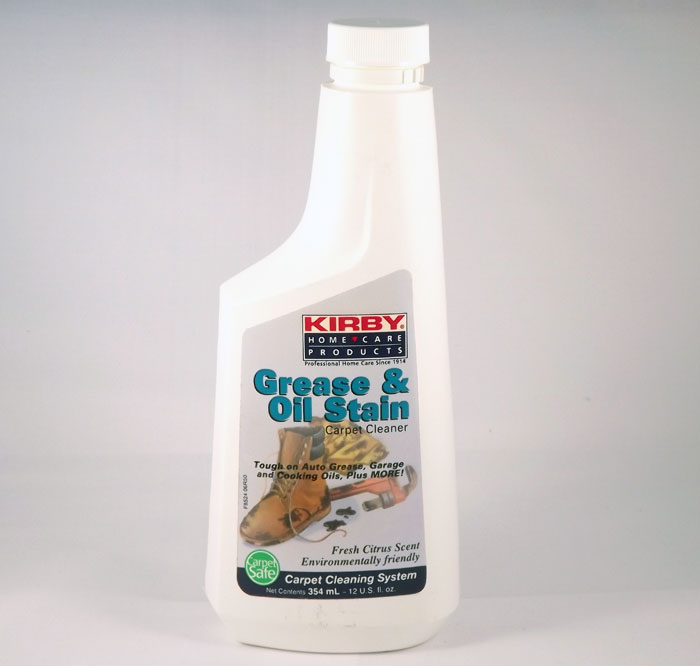
Image source: https://www.perthvacuumservice.com/buy/kirby_food_stain_remover_650ml/kirby/parts_and_consumables/kirby_parts_63.jpg
Food stains are an unfortunate side effect to eating, cooking and handling of food items. There are foods that are more prone to leave "reminders" in the form of stains and, of course, children are the number one catalysts of food stains.
Food stains will appear on clothing, table cloths, carpets and other fabrics and surfaces. They are very easy to cause, just one careless move while handling food, but sometimes extremely hard to get rid of.
Some food stain removal may be achieved by just an ordinary washing machine cycle, others require more heavy duty methods. There are many tricks to food stain removal, some of them seem to be genuine alchemy.
People with knowledge of how to remove different kinds of food stains are usually experienced home makers who have collected such little tricks out of necessity over the course of many years.
On the web it is not difficult to find household tips on food stain removal.
In this article we take you through the first steps regarding the identification of material from which the stains are to be removed. We hope you find this useful but even more to convey the notion that most food stains can be removed, sometimes even quite easily. It is just a matter of knowing how.
The first thing in regards to food stain removal is figuring out what type of material has been stained or what the surfaces from which the stains are to be removed are made of.
Here is a list of materials food stains tend to appear on:
Fibers that can not be washed either due to their own nature, they will be damaged if made too damp, or due to the fact hat they just do not absorb any water. Among these are synthetic or wool carpet fibers, types of rope (both synthetic like nylon or natural like coconut), fiberglass, triacetate, acetate, silk, rayon, burlap, wool and more.
Hard surfaces - such as all metals (gold, silver, aluminum, copper, iron, brass, stainless steel etc.), plastics such as acrylic, vinyl (tile, wallcovering or clothing), ceramics, glass, wood, bamboo, asphalt, cork, polyurethane, porcelain, stone surfaces (such as concrete, granite, marble, sandstone etc.) and many more.
Soft materials - such as leather, suede, wallpaper etc.
Natural fabrics such as wool, cotton, silk etc. Synthetic fabrics such as polyester, nylon, dacron etc.
Once you have identified the material the stain to be removed is on you can go on to look for the way to do it. Try household tips sites such as the one in the link below.